 W
WThe history of Tokyo shows the growth of Japan's largest urban center. The eastern part of Tokyo occupies land in the Kantō region that together with the modern-day Saitama Prefecture, the city of Kawasaki and the eastern part of Yokohama make up Musashi; one of the provinces under the ritsuryō system.
 W
WOn 1 November 1944, a United States Army Air Forces (USAAF) F-13 Superfortress conducted the first flight by an Allied aircraft over the Tokyo region of Japan since the Doolittle Raid in April 1942. This photo reconnaissance sortie returned with 7000 photographs which helped with planning air raids on Japan during the last months of World War II. Attempts by Japanese air units and anti-aircraft gun batteries to shoot down the F-13 failed, as the available fighter aircraft and guns could not reach the high altitude at which it operated.
 W
WThe 5th G7 Summit was held at Tokyo, Japan between June 28 and 29, 1979. The venue for the summit meetings was the State Guesthouse in Tokyo, Japan.
 W
WThe 12th G7 Summit was held in Tokyo, Japan between May 4 and May 6, 1986. The venue for the summit meetings was the State Guesthouse in Tokyo, Japan.
 W
WThe 19th G7 Summit was held in Tokyo, Japan, on July 7–9, 1993. The venue for the summit meetings was the State Guesthouse in Tokyo, Japan.
 W
WThe 2011 earthquake off the Pacific coast of Tōhoku was a magnitude 9.0–9.1 (Mw) undersea megathrust earthquake off the coast of Japan that occurred at 14:46 JST on Friday 11 March 2011, with the epicenter approximately 70 kilometers (43 mi) east of the Oshika Peninsula of Tōhoku and the hypocenter at an underwater depth of approximately 29 km (18 mi).
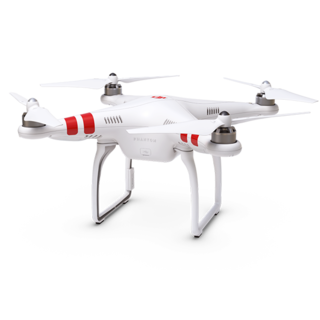 W
WIn the 2015 Tokyo drone incident , a Phantom 2 drone carrying traces of radiation was found on the roof of the Japanese Prime Minister's Official Residence. It had been controlled by Yasuo Yamamoto, an anti-nuclear protester from Fukui Prefecture. Yamamoto flew the drone there carrying sand containing cesium from Fukushima prefecture on April 9, but the drone was not discovered until April 22.
 W
WEdo, also romanized as Jedo, Yedo or Yeddo, is the former name of Tokyo.
 W
WThe Hibiya incendiary incident , also known as the Hibiya riots, was a major riot that occurred in Tokyo, Japan, from 5 to 7 September 1905. Residents of Tokyo protesting in Hibiya Park against the terms of the Treaty of Portsmouth ending the Russo-Japanese War escalated into a violent two-day citywide riot when the police attempted to suppress the protest. The Hibiya incendiary incident resulted in the death of 17 people, led to the collapse of the government of Katsura Tarō, and is considered the first event of the Era of Popular Violence.
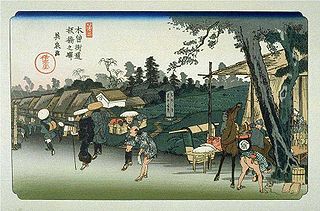 W
WItabashi-shuku was the first of the sixty-nine stations of the Nakasendō. It is located in Itabashi, Tokyo, Japan.
 W
WKitatama was a district located in the Japanese Prefecture of Kanagawa from 1878 to 1893 and then in the Prefecture of Tokyo until 1970.
 W
WIn operation in 1910 and 1911, Tokyo's Luna Park was the first park of that name to be open in Japan. Owned and constructed by the Japanese motion picture company Yoshizawa Shōten in the Tokyo district Asakusa, the park was designed to mimic the original Luna Park that was built in Brooklyn, New York in 1903.
 W
WThe Mikawashima train crash was a multiple train crash which occurred on 3 May 1962 near Mikawashima Station in Arakawa, Tokyo, Japan. It involved a freight train and two passenger trains; 160 people were killed.
 W
WMinamitoshima was a district (gun) located in Tokyo Prefecture between 1878 and 1896.
 W
WThe Mitaka incident was an incident that took place in Tokyo, Japan on July 15, 1949, when an unmanned 63 series train with its operating handle tied down drove into Mitaka Station on the Chūō Line, killing six people and injuring 20. The incident remains a mystery, as do the Shimoyama and Matsukawa incidents which occurred around the same time.
 W
WThe 1974 Mitsubishi Heavy Industries bombing was a terrorist bombing of the Mitsubishi Heavy Industries headquarters in Tokyo, Japan on 30 August 1974, killing eight people and injuring 376 others. The bombing was committed by the East Asia Anti-Japan Armed Front, a radical far-left anti-Japanese organization, against Mitsubishi Heavy Industries for supplying the United States against North Vietnam during the Vietnam War.
 W
WThe Seiyōkan was the Tōkyō residence of the Nabeshima clan from 1892 until its destruction in the 1923 Great Kantō earthquake.
 W
WThe Senju Thermal Power Station (千住火力発電所) was a power plant in Tokyo that existed on the banks of the Sumida River from 1926-1963. The plant is still somewhat famous in Japan because of its "Ghost Chimneys", which became a symbol of the area and were often featured in Japanese movies and books of the time. The power station's address was 35 Senju Sakuragi, Adachi Ward, Tokyo. There was also a power plant by the same name along the banks of the same Sumida River in North Toshima, South Senju from 1905 to 1917.
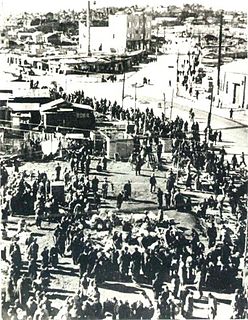 W
WThe Shibuya incident was a violent confrontation which occurred in June 1946 between rival gangs near the Shibuya Station in Tokyo, Japan. The years after World War II saw Japan as a defeated nation and the Japanese people had to improvise in many aspects of daily life. In the chaos of the post-war recovery large and very lucrative black markets opened throughout Japan. Various gangs fought for control over them. There were also many non-Japanese "third nationals" in post-war Japan. These "third nationals" or "third-country people" were former subjects of the Empire of Japan whose citizenship then transferred to other countries like China and Korea. The Shibuya incident involved former Japanese citizens from the Japanese province of Taiwan fighting against native Japanese Yakuza gangs. After the fight, the Chinese nationalist government stepped forward to defend the Taiwanese.
 W
WShinagawa-shuku was the one of the fifty-three stations of the Tōkaidō. It is located in Shinagawa, Tokyo, Japan. Along with Itabashi-shuku (Nakasendō), Naitō Shinjuku and Senju-shuku, it was one of the Four Stations of Edo. It was located in the present-day Shinagawa Port area near Shinagawa Station.
 W
WShirokiya Department Store fire was a fire at the Shirokiya Department Store, Tokyo, Japan, on December 16, 1932 which left 14 people dead and 67 people injured. The Shirokiya Department store had eight stories and two underground floors. Floors 4 through 8 caught fire in the incident.
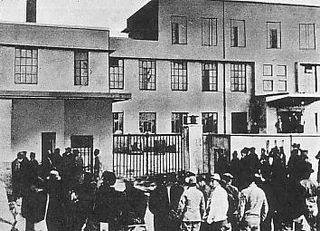 W
WSugamo Prison was located in the district of Ikebukuro, which is now part of the Toshima ward of Tokyo, Japan.
 W
WThe Bombing of Tokyo was a series of firebombing air raids by the United States Army Air Forces during the Pacific campaigns of World War II. Operation Meetinghouse, which was conducted on the night of 9–10 March 1945, is the single most destructive bombing raid in human history. Of central Tokyo 16 square miles were destroyed, leaving an estimated 100,000 civilians dead and over one million homeless.
 W
WOn the night of 9/10 March 1945, the United States Army Air Forces (USAAF) conducted a devastating firebombing raid on Tokyo, the Japanese capital city. This attack was code-named Operation Meetinghouse by the USAAF and is known as the Great Tokyo Air Raid in Japan. Bombs dropped from 279 Boeing B-29 Superfortress heavy bombers burned out much of eastern Tokyo. More than 90,000 and possibly over 100,000 Japanese people were killed, mostly civilians, and one million were left homeless, making it the most destructive single air attack in human history. The Japanese air and civil defenses proved largely inadequate; 14 American aircraft and 96 airmen were lost.
 W
WTokyo Bay Fortress was the name of a group of coastal fortifications built to guard the entrance to Tokyo Bay and thus the city of Tokyo from attack from the sea. These gun batteries and fortifications ceased to be used after the end of World War II.
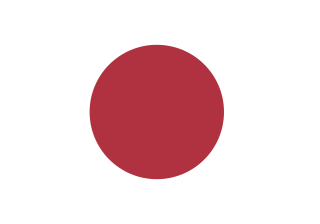 W
WTokyo City was a municipality in Japan and part of Tokyo-fu which existed from 1 May 1889 until its merger with its prefecture on 1 July 1943. The historical boundaries of Tokyo City are now occupied by the 23 Special Wards of Tokyo. The new merged government became what is now Tokyo, also known as the Tokyo Metropolis, or, ambiguously, Tokyo Prefecture.
 W
WTokyo Prefecture was a Japanese government entity that existed between 1868 and 1943.
 W
WZhu Zhiyu, courtesy name Luyu (魯璵), and commonly known as Zhu Shunshui in Japan, was one of the greatest scholars of Confucianism in the Ming dynasty and Edo Japan. Zhu remains the best remembered of the Ming political refugees in Tokugawa Japan and the one who contributed most to Japanese education and intellectual history.